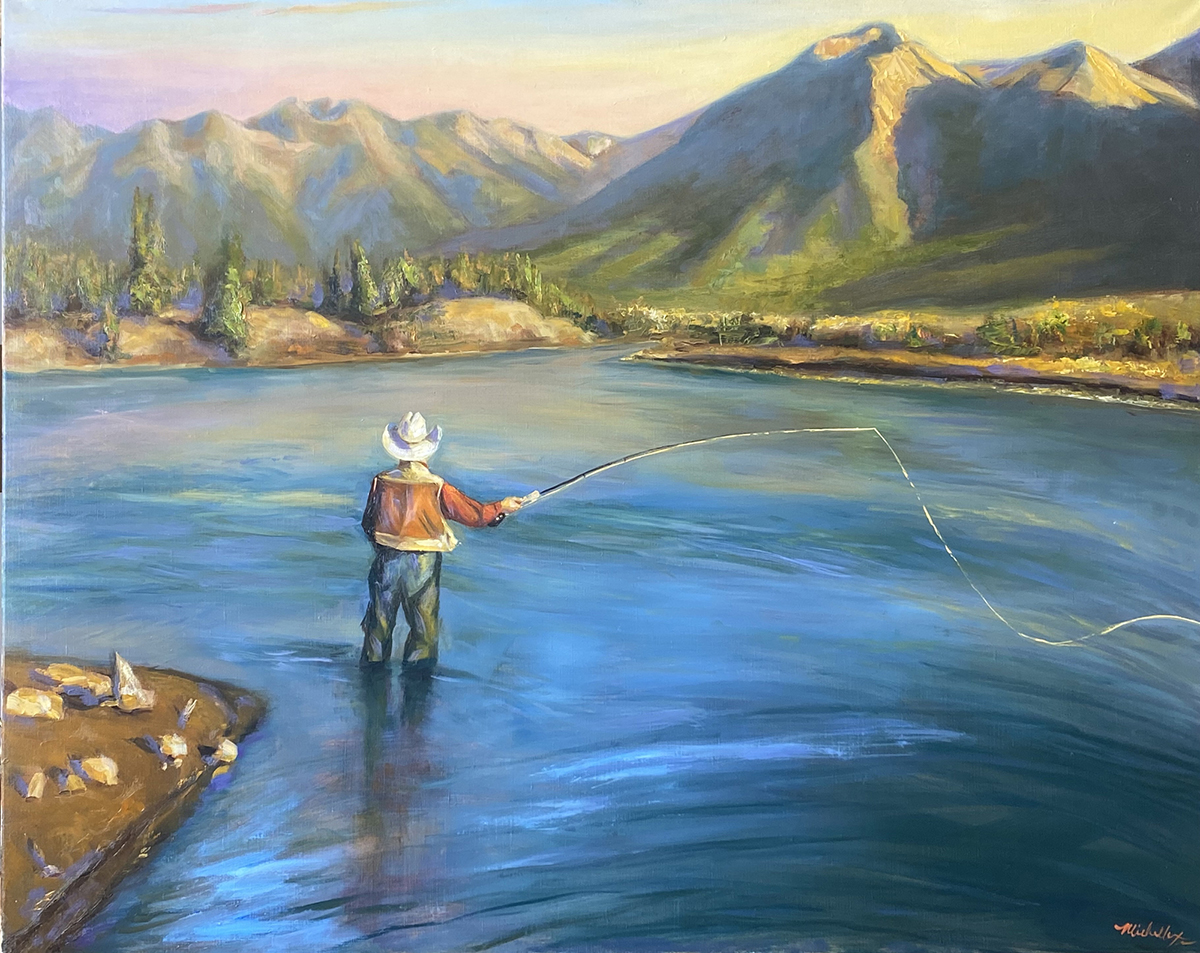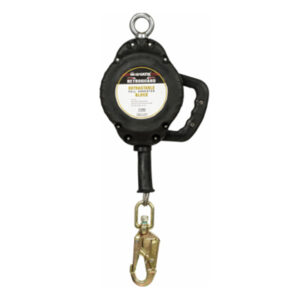
Fishing carries a quiet rhythm — the flick of a rod, the pull of the line, and the shimmer of rippling water. Translating that motion into art takes a medium as fluid as its subject. Fly fishing watercolor naturally reflects movement, allowing each stroke to flow with life. Its transparency and unpredictable texture create a perfect balance of control and spontaneity. In fishing watercolor art, every wash and gradient captures the feeling of rhythm and flow, turning ordinary scenes into expressive stories on paper.
The Fluid Nature of Watercolor and Water
Watercolor behaves much like water itself — alive, changeable, and free. Artists use this quality to represent the dynamic movement found in fishing. Gentle washes recreate calm lakes, while quick, saturated strokes capture splashes or waves. The pigment’s reaction to moisture forms unpredictable patterns, echoing the random ripples of rivers. This visual rhythm connects viewers to the natural energy of water, giving the artwork depth and motion that feels spontaneous, yet intentional, just like the act of fishing.
Capturing Motion Through Brushwork
Brushwork is key to expressing motion in watercolor fishing art. Artists often use loose, sweeping strokes to portray the graceful curve of a casting line or the quick flick of a fish beneath the surface. Short, deliberate dabs can represent water droplets or shifting reflections. Each stroke carries momentum, suggesting rather than defining. The softness of watercolor allows these marks to blend naturally, giving an impression of continuous movement that mirrors the unbroken rhythm of water and the angler’s connection to it.
The Power of Transparency
Transparency gives watercolor paintings their signature luminosity. This quality helps artists express depth, reflection, and life within fishing scenes. Layering translucent washes allows the light to pass through, creating the illusion of movement beneath the surface. The blending of tones captures shimmering reflections, floating lines, and the gentle motion of water. Through careful layering, the artist can portray both clarity and mystery, turning a simple fishing moment into a vivid portrayal of energy, reflection, and calm.
Techniques That Bring Fishing to Life
Various watercolor techniques help artists create lifelike fishing art. Wet-on-wet blending mimics gentle ripples and moving water. Dry brushing adds texture to surfaces like rocks or reeds. Color bleeding replicates fluid transitions between sky and water, while glazing enhances reflections and depth. These techniques, when combined, generate a dynamic interplay of light and color. Every layer contributes to the illusion of motion, transforming a static painting into a vivid, living scene that captures the spirit of fishing.
Expressing the Grace of Fly Casting
Fly casting is a rhythmic act that blends strength, balance, and grace — a perfect match for watercolor’s expressive nature. Artists often use curved brushstrokes and tonal gradients to depict the motion of a line cutting through air. Slight blurs or layered washes convey direction and energy without over-defining shapes. Rather than focusing on accuracy, the watercolor artist paints the sensation of motion, letting soft transitions and light contrasts illustrate the fluid beauty of casting on a quiet morning.
The Role of Light and Reflection
Light plays a central role in fishing watercolor art. Reflections on water surfaces, sunlight piercing through ripples, or the glow of early dawn all create opportunities for dynamic movement. Watercolor allows light to shine through each layer, giving life to every reflection. Artists use pale washes for highlights and deeper hues for shadows, crafting an atmosphere that feels alive. This balance of light and tone captures both the stillness of the water and the motion beneath its shimmering surface.
Color and Atmosphere in Motion
Color defines the emotional tone of every fishing painting. Cool blues and soft greens bring serenity, while touches of gold or white suggest movement and light. Artists often let pigments flow freely, allowing natural blends that mimic the way colors shift in real water. The choice of palette sets the mood — tranquil mornings, vibrant afternoons, or reflective dusks. The interplay of warm and cool hues enhances the sense of fluidity, making each watercolor fishing artwork feel vivid and full of life.
The Artist’s Connection to Nature
Painting fishing scenes with watercolor is more than technique; it’s a conversation with nature. Each brushstroke mirrors the patience and focus of an angler waiting for the perfect moment. The medium teaches observation — how light bends, how water moves, how silence feels. Artists often describe watercolor fishing art as a way to relive the calm of the riverbank. Through their work, they express not only motion but also mindfulness, preserving the quiet harmony shared between human and water.
From Still Image to Living Moment
A successful watercolor fishing painting goes beyond imagery — it recreates the sensation of being by the water. Artists layer pigment and water to imply constant movement, allowing the viewer to sense the gentle current or flicker of a fish. The interplay of soft edges and fluid strokes transforms static paper into a living moment. This connection between motion and memory gives fishing watercolor art its timeless quality, where every drop of paint echoes the river’s flow.
Painting the Rhythm of the River
Watercolor thrives on rhythm, and fishing embodies that same natural pace. Each stroke, wash, and reflection reflects the flow of water and time. Through transparency, layering, and movement, artists turn fleeting fishing scenes into enduring works of art. The harmony between artist, brush, and water mirrors the angler’s connection to the river — patient, balanced, alive. Watercolor doesn’t just capture motion; it paints the very rhythm of life flowing through every cast and ripple.
FAQs
1. Why is watercolor ideal for fishing art?
Watercolor’s fluid texture and transparency mimic the movement of water, allowing artists to express both stillness and motion naturally.
2. What techniques help show movement in watercolor fishing art?
Methods such as wet-on-wet blending, color bleeding, dry brushing, and glazing create flow, reflection, and motion in watercolor paintings.
3. How do artists capture the act of fly casting?
They use sweeping strokes, layered tones, and soft edges to imply rhythm and direction without depicting every physical detail.
4. What colors work best for fishing watercolor scenes?
Blues, greens, and subtle golden hues create harmony, representing light, depth, and the shifting tones of natural water.
5. How does watercolor convey realism in fishing art?
The layering of transparent washes creates depth, reflection, and movement, turning simple scenes into lifelike visual experiences.


